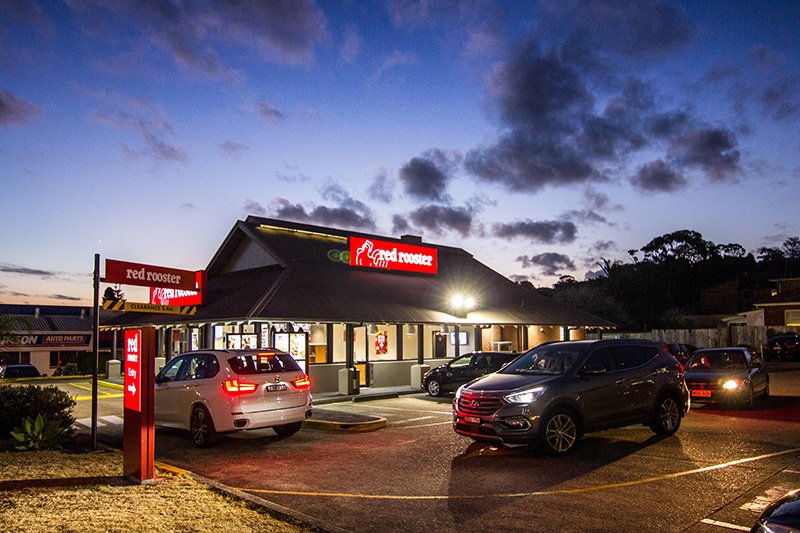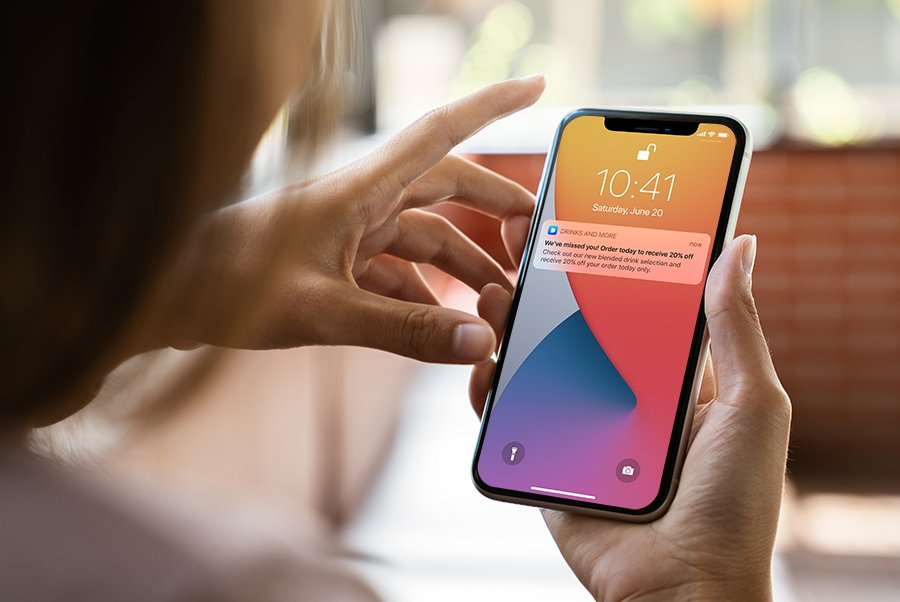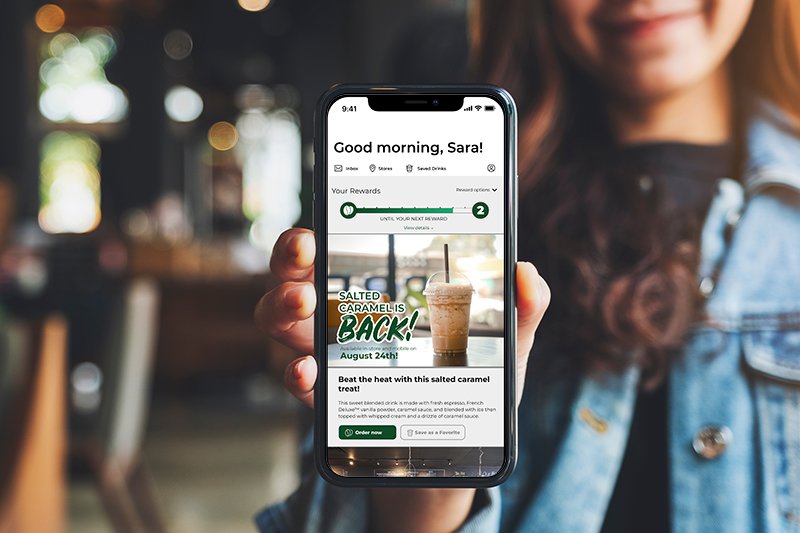Quick Service Restaurants saw an incredible increase in business throughout the pandemic. But since the peak in sales during the Covid-19 shutdown, fast food traffic has continued to see its post-pandemic decline. Consumers still want fast food, but they don’t want to go back to pre-pandemic times. They have new demands.
What do these customers want? Personalization – at the drive-through, in text messages and in your customer loyalty programs. Your customers want to feel special, as if you are catering specifically to them – and the most successful QSR chains know that.
Why is personalization important?
Personalization is the process of using data to target and retarget leads with a brand message that speaks directly to specific customers’ interests, demographics and buying behavior.
For example, if you have a customer that always orders Whoppers, they now expect to receive a text, email, or app notification with a discount for a Whopper.
As The State of What Feeds Us, an annual report on consumer trends in the dining industry, states:
“As fast-food and fast-casual brands fight for diners in the future, branded customer loyalty experiences through the use of technology will be the game-changer.”
According to a research report from Epsilon, a global leader in creating connections between people and brands, 80% of consumers are more likely to do business with a company if it offers personalized experiences and 39% of consumers will spend more at restaurants if they offer personalized customer loyalty programs.
We’ll expand on a few examples of advanced personalization that your customers are looking for:
#1 – Personalized drive-thru experience

Drive-thru windows see the most customer traffic and allow for the opportunity for personalization with customer names, customized deals and regular order information
According to Bluedot’s report, drive-thru is king. Not only does the drive-thru see the most traffic, but consumers are most likely to add additional menu items to their order as they go through the drive-thru. Even fast-casual diners now desire a drive-thru with 51% of consumers would visit fast-casual restaurants over fast food more often IF they had a drive-thru.
The question is, how do you keep them coming back to YOUR drive-thru and not one of your competitors? The report shows 24% of consumers would like to see a greeting with their name pop up along with their regular order, 29% of consumers want personalized deals and offers on the drive-thru menu, and 34% would like to see a menu board that displays their loyalty points and coupon offers in the future.
To keep the drive-thru the profit machine that it is, QSR chain will need to heed this call and incorporate these features into their drive-thrus or fast-food consumers will find a different chain that does.
#2 – Personalized marketing through texts and emails

SMS text messages have a 98% delivery rate and an open rate of 90% within the first three minutes of receiving the text, opening many opportunities for targeted marketing initiatives
People text more than they use any other form of communication, including social media. So, it makes sense that consumers would prefer promotions and personalized messages from their favorite QSR chains through SMS text messages. With a 98% delivery rate, and 90% of text messages opened in the first three minutes of receiving them, personalized texts are a key opportunity for fast-food chains to target and build customer loyalty with existing or proposed customers.
Here are three types of texts you can send to customers:
SMS Location-based text: This strategy involves sending your customers text promotions based on their geographical area. For example, if someone is walking or driving by your QSR chain, they will receive a text message with a promotion for that specific location.
Personalized Promotions: This kind of SMS text involved using customer data to send personalized promotions based on past buyer behavior.
Restaurant promotions centered around time duration: This kind of promotional text uses data to show how long it has been since a customer has been into the chain. If they haven’t come into the restaurant, they will receive a promotional text to motivate them to come back.
Whichever SMS method you choose, texting is an opportunity to create an emotional relationship directly with each specific customer. Customers with an emotional relationship with a brand have a 306% higher lifetime value. And what better way to do it than on the device they check 97 times a day?
#3 – Personalized customer loyalty programs

Rewards programs facilitated through a customized app or loyalty program can lead to a 5% increase in customer retention and a 75% increase in company profitability
So you might already have a customer loyalty program in place, but does it offer everything that customers are looking for? Is it backed with real-time customer data to satisfy customer needs? Personalized customer loyalty programs are one of the most important factors consumers are using when deciding on sticking with a fast-food restaurant or moving to a competitor.
There’s a few different ways consumers prefer the loyalty program to be delivered. According to PYMNTS, seventy percent of QSR customers would like to engage with rewards programs via their QSRs’ mobile apps, 28 percent would like to engage with rewards via digital wallet, and 30 percent via physical loyalty card.
No matter what way you choose to carry out your customer loyalty program, the restaurants that will thrive in the future will be the ones that focus on their rewards program. According to Zinrelo, 80% of your future profit will come from just a fifth of your loyal customers. That’s profit you don’t want to miss out on. And once you hook them with rewards, they will spend incredibly more than other customers. A 5% rise in customer retention can lead to a 75% increase in company profitability.
Where to begin improving your customer loyalty program
How do you go about creating these personalized features that your customers are asking for? The key is in your customer data. Are you leveraging customer data to unlock 80% of your future profits? The best news about creating customer loyalty programs and personalized offers is that you already have the information you need about your customers to implement them. Blueprint provides the practical, technology-based solution that enables you to leverage your data to increase customer satisfaction and loyalty.
As the numbers in this article show, when your customers see rewards, your QSR chain sees more. Stay tuned to our next blog post to find out our favorite method for capturing and using customer data to create personalized drive-thru features, personalized SMS promotions, and customer loyalty programs that make your customers lifelong fans.

